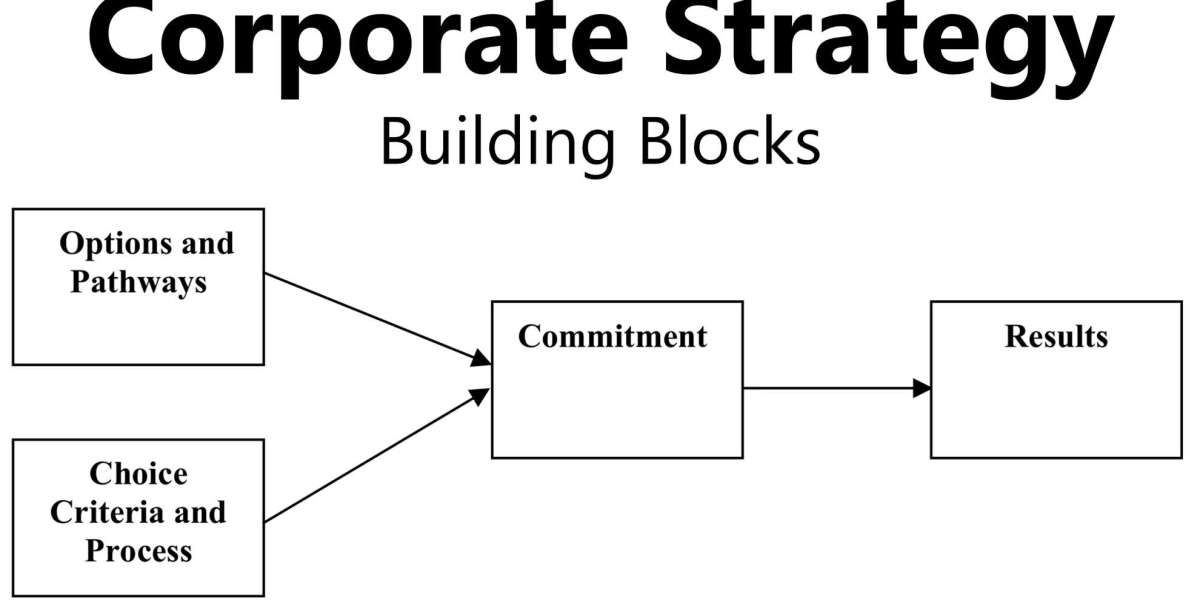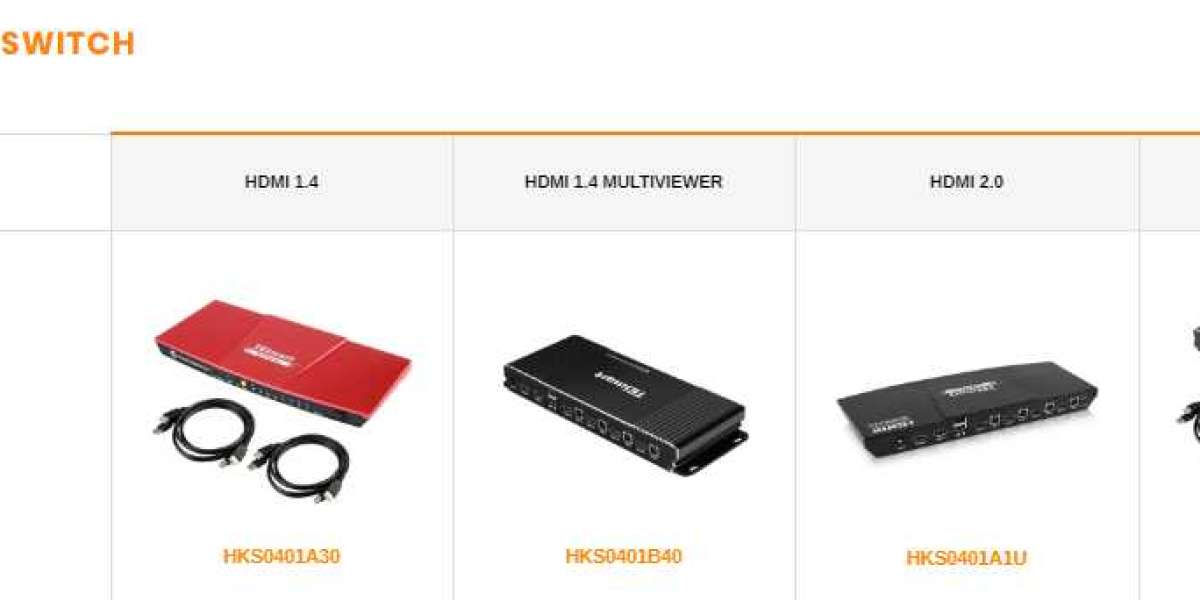In today’s modern world, infrastructure plays a vital role in maintaining the quality of life, especially when it comes to water supply systems. Over time, underground water pipes experience wear and tear, corrosion, and leaks that lead to significant problems such as water contamination, reduced flow, and property damage. Traditionally, repairing these underground pipes involved extensive digging, heavy machinery, and costly labor — disrupting landscapes, roads, and daily life. However, with advancements in technology, a more efficient and less invasive method has emerged — trenchless water pipe replacement.
The concept of trenchless water pipe replacement has transformed how municipalities, homeowners, and contractors handle underground pipe repairs and replacements. As the name suggests, this innovative method eliminates the need for large trenches to access buried pipes. Instead of digging up entire sections of land, only small entry and exit points are created, allowing technicians to replace or rehabilitate the damaged pipes efficiently. The result is a cleaner, faster, and more cost-effective solution with minimal disruption to the surrounding environment.
To understand how revolutionary trenchless water pipe replacement truly is, it’s helpful to explore the challenges of traditional pipe repair methods. Conventional pipe replacement required digging long trenches along the pipe’s route, often cutting through roads, gardens, and driveways. This not only led to high labor and restoration costs but also created significant inconvenience for homeowners and the public. Dust, noise, and damage to landscaping or paved areas made the process time-consuming and stressful. Trenchless technology solves these issues by using advanced techniques that work beneath the surface, ensuring that the pipes can be replaced or repaired without extensive excavation.
There are two primary methods used in trenchless water pipe replacement: pipe bursting and pipe lining (also known as cured-in-place pipe or CIPP). Each method serves a similar purpose — replacing or rehabilitating existing pipes — but they operate differently depending on the condition of the existing infrastructure.
In the pipe bursting method, a specialized bursting head is inserted into the old pipe through an entry point. As the bursting head travels through the old pipe, it breaks apart the existing material while simultaneously pulling a new high-density polyethylene (HDPE) pipe into place. The result is a brand-new, durable pipe that takes the place of the old one without the need for digging a long trench. This method is particularly effective for severely damaged or collapsed pipes, as it completely replaces the old infrastructure with modern materials that resist corrosion and root intrusion.
The pipe lining method, on the other hand, involves inserting a flexible resin-saturated liner into the existing pipe. Once in place, the liner is inflated and cured using heat or UV light, forming a new, seamless pipe within the old one. This technique is ideal for pipes that are still structurally sound but suffering from leaks, cracks, or corrosion. The new lining effectively seals the pipe, restoring flow and functionality while preventing future leaks. Both methods are efficient, long-lasting, and environmentally friendly.
One of the most significant advantages of trenchless water pipe replacement is its minimal environmental impact. Since there is little to no digging involved, the natural landscape, vegetation, and surrounding property remain largely undisturbed. This makes it an excellent choice for urban areas, historical sites, or locations with established landscaping. Traditional excavation can take days or even weeks, but trenchless methods typically complete the job in a fraction of the time — often within hours — reducing disruption to daily life.
Cost efficiency is another major benefit. Although the initial equipment and technology used in trenchless methods may seem advanced, the overall cost is often lower than traditional excavation. This is because there’s no need for extensive restoration work, fewer labor hours are required, and the project is completed faster. For municipalities and homeowners alike, this means significant savings in both time and money. Additionally, the materials used in trenchless water pipe replacement — such as HDPE and epoxy resin — are highly durable and designed to last for decades, reducing the likelihood of future repairs and associated costs.
Durability and performance are also key reasons why trenchless water pipe replacement has gained popularity. The new pipes installed through this method are resistant to corrosion, chemical damage, and root intrusion, which are common issues with traditional metal or clay pipes. This means a longer lifespan and fewer maintenance requirements. Moreover, because the new pipes are seamless, the risk of leaks and infiltration is greatly reduced, ensuring a more reliable water supply system.
The versatility of trenchless technology makes it suitable for a wide range of applications. It can be used for residential, commercial, and municipal projects, regardless of soil type or pipe size. Whether it’s replacing a small section of a home’s water line or an entire city block’s infrastructure, the process can be adapted to meet the specific needs of the project. It is also applicable for both water and sewer lines, offering a comprehensive solution for underground utility management.
Another often-overlooked benefit of trenchless water pipe replacement is its contribution to public safety and convenience. Traditional excavation can block roads, disrupt traffic, and pose safety hazards for pedestrians. With trenchless methods, these issues are minimized, as the work requires only small access points. This is particularly valuable in densely populated areas where minimizing disruption is crucial. The reduced need for heavy machinery also means less noise pollution and a cleaner work environment.
Homeowners, in particular, find trenchless water pipe replacement appealing because it preserves their property’s aesthetics. Imagine having your driveway, garden, or patio dug up for a simple pipe repair — the restoration costs and inconvenience can be overwhelming. Trenchless replacement eliminates this problem by completing the repair underground, leaving lawns and driveways intact. It’s a modern solution that blends efficiency, sustainability, and practicality.
From a technical standpoint, trenchless water pipe replacement represents the future of underground infrastructure repair. The precision technology used allows technicians to inspect and diagnose pipe conditions using advanced cameras and sensors before starting the repair. This ensures accurate planning and minimizes the risk of unforeseen issues during the process. With advancements in materials and installation techniques, the efficiency and reliability of trenchless systems continue to improve year after year.
Environmental sustainability is another reason why this method stands out. Traditional excavation often involves removing large quantities of soil, generating debris, and requiring fuel-intensive machinery. Trenchless methods significantly reduce waste generation and carbon emissions. The process is not only faster and cleaner but also aligns with global efforts toward sustainable infrastructure development.
Despite its many advantages, trenchless water pipe replacement does have some limitations. It may not be suitable for every situation, particularly in cases of extreme pipe deformation or when access points are obstructed. However, as technology evolves, even these challenges are becoming easier to overcome. Engineers and contractors continue to develop more advanced systems that can adapt to complex environments and difficult soil conditions.
In conclusion, trenchless water pipe replacement is a groundbreaking innovation that has redefined how underground water infrastructure is maintained and repaired. By combining efficiency, cost-effectiveness, and environmental responsibility, it offers a superior alternative to traditional excavation. Whether for homeowners seeking minimal disruption or cities upgrading aging water systems, trenchless technology provides a smart, modern solution for a problem as old as civilization itself — maintaining clean and reliable water pipelines.
As communities continue to prioritize sustainability and efficiency, trenchless methods will only grow in demand. It’s not just about fixing pipes — it’s about building a smarter, cleaner, and more sustainable future. Through trenchless water pipe replacement, we can protect both our infrastructure and our environment, ensuring that essential resources like water continue to flow smoothly for generations to come.







